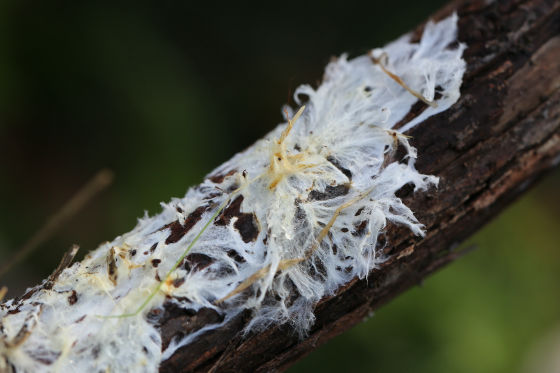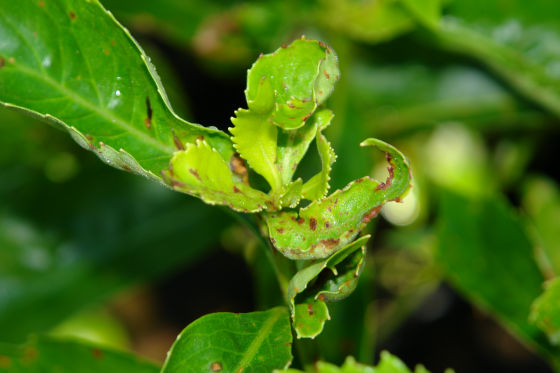"Cyber crime" and "antivirus software" exist in the mycorrhizal network of mushrooms

ByGhita Katz Olsen
Many of the mushrooms growing on the groundMycorrhizal fungusIt has been found from previous studies that fungi called "mycorrhizae" are stretched in the soil, sticking to the roots of nearby plants, coexisting with nutrients and energy. "Earth's Natural InternetIn the mushroom and plant symbiotic network sometimes called, there is something similar to what is happening on the Internet used by humans.
BBC - Earth - Plants talk to each other using an internet of fungus
http://www.bbc.com/earth/story/20141111-plants-have-a-hidden-internet
Briefly speaking, the mushrooms' mycorrhizal network is that mushrooms supply phosphoric acid and nitrogen to the plants via mycorrhizae, instead of obtaining carbon compounds produced from photosynthesis from plants. It seems that mushrooms and plants coexist through mycelial roots only, but from various studies things like anti-virus software and cyber crime on the Internet occur in mycorrhizal network It turned out to be said.

BySunphlo
A research team led by Dr. Ren Sen Zeng of South China Agricultural University in 2010 conducted an experiment using mushrooms and tomatoes and when a malignant substance was sent to mycorrhizal network connecting mushrooms and tomatoes, I sent a chemical substance to another plant growing in the vicinity and found a warning signal. The experiment is to grow tomatoes that connect to the mycorrhizal network and tomatoes that do not, giving fungi causing summer plague and watching the progress. As a result, the tomatoes connected to the mycorrhizal network were less affected by the summer plague, Dr. Zeng said, "Why is the difference in damage caused by summer plague, the defense signal from the summer plague tomato is different It is thought that this is because we received tomatoes and activated chemical substances that have protective action against summer plague. "

ByScot Nelson
In 2011, David Johnson of the University of Aberdeen conducted an experiment using fava beans, mushrooms, and aphids, where the fava bean under attack of aphids issued a warning signal via the fungal network and received an aphid attack It turned out that the broad bean that is not under was activated chemicals to protect themselves from attack. It is similar to anti-virus software on the Internet that tomatoes and broad beans send warning signals using fungal networks.
However, fungal networks are not always used for good. Phantom Orchid (one of the orchids), one of the plants without chlorophyll necessary for photosynthesis, steals the carbon compound produced by photosynthesis from another plant via the fungal network and gives it to himself I know that. Moreover, Phantom Orchid will steal only if it judges that the carbon compound is properly matched to itself, that is, "it is necessary for itself". It sounds like a cyber crime that can be unfolded on the net ... ....

ByTab Tannery
Among networks created by living things, it is quite interesting that events like the Internet are occurring.
Related Posts:
in Science, Posted by darkhorse_log







